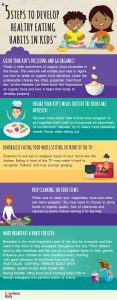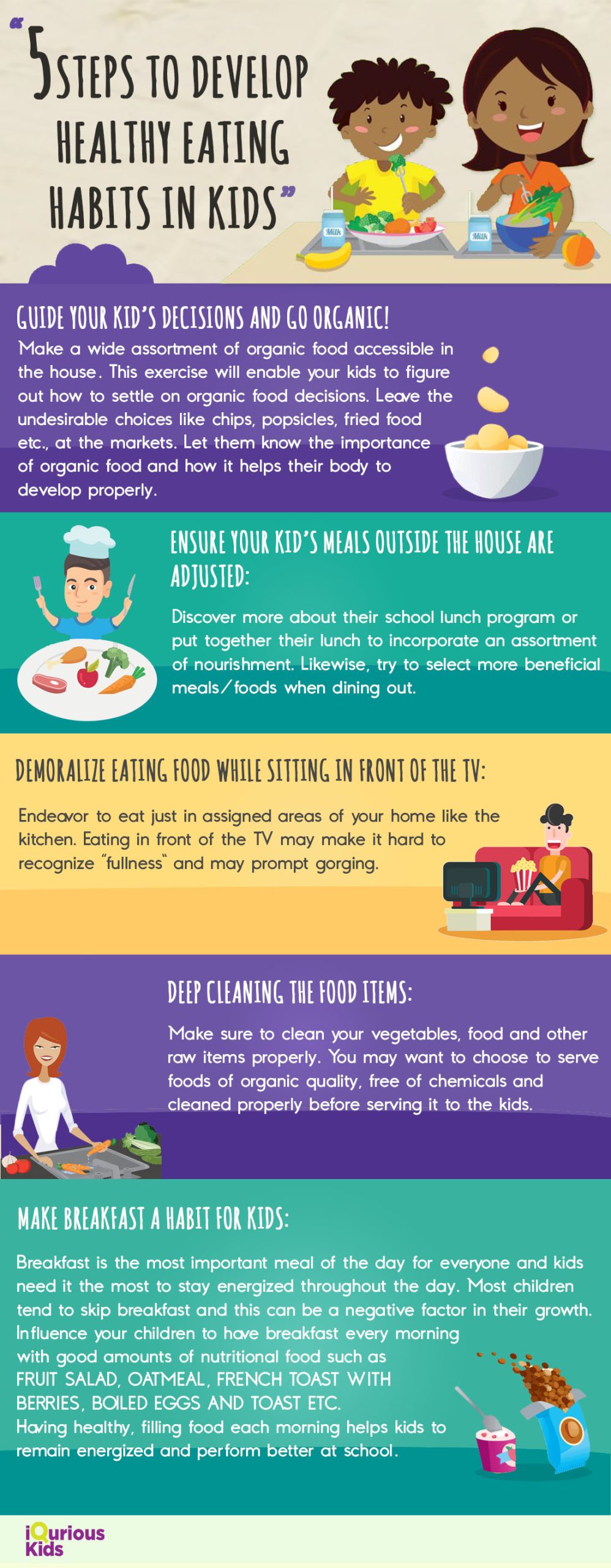“Eat Smart, Learn Right: Eating Healthy For Students!”
Introduction
Eating healthy is an important part of staying healthy and can make a big difference in the way you feel and function. For students, eating healthy can be especially beneficial because it helps with concentration and energy levels, which are essential for doing well in school. Eating healthy is also important for maintaining a healthy weight, which is important for avoiding obesity and chronic diseases. In this guide, we’ll discuss some tips for eating healthy as a student and provide some easy, nutritious recipes to help you get started.
The Benefits of Meal Prepping for Busy College Students
 Meal prepping is an increasingly popular method of meal planning and preparation that can be extremely beneficial for busy college students. By taking the time to plan and prepare meals in advance, students can save money, improve their health, and save time.
Meal prepping is an increasingly popular method of meal planning and preparation that can be extremely beneficial for busy college students. By taking the time to plan and prepare meals in advance, students can save money, improve their health, and save time.
One of the main benefits of meal prepping for college students is money savings. Many college students are on a budget and trying to save money. Making meals in advance is an excellent way to save money on food. By prepping meals ahead of time, students can purchase ingredients in bulk and use them throughout the week, rather than buying individual meals each day. Additionally, students can make meals that are more cost-effective than eating out or buying pre-packaged meals.
Another great benefit of meal prepping is improved health. When meals are prepped in advance, students can ensure that they are getting healthy, nutritious meals and snacks. This can be especially helpful for students who have dietary restrictions or are trying to lose weight. By taking the time to plan and prepare meals ahead of time, students can ensure that they are getting the nutrients they need.
Finally, meal prepping can save college students a considerable amount of time. By preparing meals in advance, students can save time that would have been spent grocery shopping, cooking, and cleaning up after meals. Additionally, prepping meals ahead of time can eliminate the need for last-minute trips to the grocery store or the drive-thru.
In conclusion, meal prepping can be an incredibly beneficial tool for busy college students. By taking the time to plan and prepare meals ahead of time, students can save money, improve their health, and save time. Meal prepping is an excellent way for students to get the most out of their limited resources and make the most of their college experience.
How to Create a Healthy Grocery List on a Budget
Creating a healthy grocery list on a budget can be challenging, but with some planning and effort, it can be done. Follow these five steps to create a healthy grocery list that fits your budget.
Step 1: Set a Budget. Before you head to the store, decide how much money you are willing to spend on groceries. Consider what you need for the week and how much you can realistically afford to allocate to groceries.
Step 2: Plan Your Meals. Once you have set a budget, plan out your meals for the week. Choose a few simple meals that are affordable and nutritious. Make sure to include a variety of foods from each food group and include plenty of vegetables and fruits.
Step 3: Make a List. Making a list will help you stay within your budget and keep you from buying unnecessary items. Write down the ingredients you need for the meals you have planned and any staples that you regularly use.
Step 4: Stick to the List. When you are in the store, be sure to stick to your list. Avoid impulse buying, as it can quickly blow your budget. Also, look for store brands or generic versions of items you need, as these are often much less expensive than brand names.
Step 5: Compare Prices. When you are in the store, compare prices of items you are considering buying. Many stores offer specials on certain items, so take the time to look for the best deal.
By following these five steps, you should be able to create a healthy grocery list on a budget. With some planning and effort, you can create a list that meets your budget and provides you with healthy, nutritious meals.
Eating Healthy with Limited Kitchen Access in a Dorm Room
Living in a dorm room can make it difficult to access healthy foods, especially when you are limited to a small kitchen space. However, there are still plenty of options available to you that will allow you to maintain a healthy diet with limited kitchen access.
One of the most convenient ways to eat healthy with limited kitchen access is to stock up on healthy snacks. Choose snacks that are high in protein, such as nuts and seeds, and opt for fresh fruits and vegetables instead of processed snacks. It’s also a good idea to keep some whole grain crackers on hand for those times when you need a quick snack.
Another way to eat healthy in a dorm room is to prepare meals in advance and store them in the refrigerator or freezer. Look for easy, healthy recipes that can be made in advance, such as soups and stews, that can be heated up quickly in the microwave. You can also make large batches of grains or beans and store them in the refrigerator or freezer for quick meals. This will also save you time and money.
Finally, if you have access to a microwave, you can make nutritious meals in a few minutes. Look for pre-packaged meals that contain a variety of healthy ingredients, such as lean proteins, vegetables, and whole grains. These meals are easy to prepare and can provide you with a balanced meal in no time.
Eating healthy with limited kitchen access in a dorm room is possible. By stocking up on healthy snacks, preparing meals in advance, and taking advantage of the microwave, you can maintain a nutritious diet even with limited kitchen access.
Simple Snack Ideas to Keep You Energized Throughout the Day
1. Roasted Chickpeas: Roasted chickpeas are a great source of protein and fiber and make a delicious snack. Simply season the chickpeas with your favorite spices, such as garlic powder and smoked paprika, and bake in the oven until crispy.
2. Nuts and Seeds: Nuts and seeds are a nutritious snack that can provide a quick source of energy. Choose from a variety of different nuts and seeds, such as almonds, walnuts, sunflower seeds, and pumpkin seeds.
3. Trail Mix: Trail mix is a classic snack that combines nuts, dried fruit, and other goodies. Choose a combination of your favorite ingredients, such as dark chocolate chips, raisins, and coconut flakes for a delicious and energizing snack.
4. Hummus and Vegetables: Hummus is a great source of protein and healthy fats. Dip sliced carrots, celery, bell peppers, and other veggies into hummus for a crunchy and nutritious snack.
5. Greek Yogurt: Greek yogurt is high in protein and provides a slow release of energy. Top with fresh berries and a handful of nuts for a delicious and energizing snack.
6. Fruit Smoothie: Blending frozen fruit with milk or yogurt makes a healthy and delicious smoothie that can give you an energy boost. Add a few tablespoons of nut butter or protein powder for an even bigger energy boost.
7. Dark Chocolate: Dark chocolate is packed with antioxidants and has been known to help boost energy levels. Enjoy a few pieces of dark chocolate as a tasty and energizing snack.
Take control of your health and start eating healthy today! Eating healthy increases energy levels, improves mood, and provides essential nutrition to your body. Invest in yourself with nutritious food like fruits, vegetables, nuts, and whole grains. The benefits are well worth the effort! Check out this cookbook for easy, delicious meals that you can prepare for yourself: Healthy Eating For Students.
